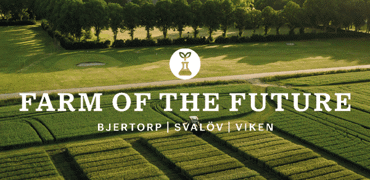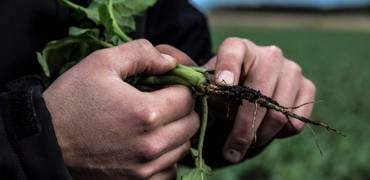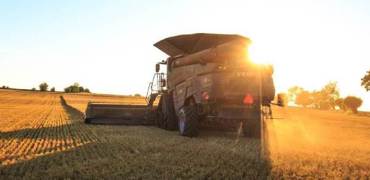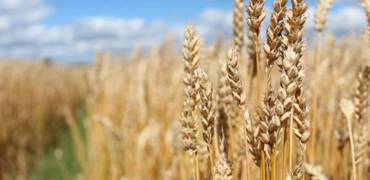Science Based Targets - big opportunity for farmers

More and more companies are joining the Science Based Targets initiative. This is an opportunity for Swedish farmers provided the framework is applied in a relevant way. All actors in the value chain for food must understand the need to invest in primary production, Scope 3, to reach goals. Claes Johansson, Head of Sustainability at Lantmännen, comments on scientific climate targets and their importance for farmers in this article.
The effects of ongoing climate change have become apparent this summer, which featured most forms of extreme weather and caused floods, fires and impacted crops. There are clear reasons for accelerating the transition in all industries and sectors of society, and even if development is currently too slow for the climate goal from Paris to be achieved, I still see a stronger focus on the issue nowadays - not least in the food value chain.
In order to meet your scientifically based targets, you must include your customers and suppliers in the work and make it part of the commercial dialogue.
An important driving force for this, is that more and more companies are backing the Science Based Targets (SBT) initiative. This means that companies quality-assure their climate strategies and targets. Instead of starting from what companies believe they can do during a certain period, SBT starts from what science says needs to be done to meet the 1.5-degree target from the Paris Agreement. The fact that the targets must be scientifically based is a completely necessary shift in perspective. And not only that. Companies must also include the entire value chain in their climate strategy and take responsibility for, not only the emissions that occur within their own operations, but also the emissions that occur at the customer and supplier level, i.e., the entire value chain. In the context of SBT, this is called Scope 3 emissions. It is also the key to the climate issue now gaining a clearer business significance. In order to meet your scientifically based targets, you must include your customers and suppliers in the work and make it part of the commercial dialogue.
What does this then mean in the food value chain?
If we start with two basic assumptions. All primary value, i.e., energy and nutrients in the food chain, is created in primary production. This of course also means that a significant amount of the total resource consumption and thus also the climate impact in the chain from field to fork, occurs at this stage. Often 80-90 percent of the total footprint. This applies in principle to all food value chains. For the foods that have agricultural-based raw materials, it will not be possible to reach scientifically based targets without including the farmer in the work.

From a life cycle perspective, the carbon footprint of many of our products is greatest in the cultivation stage. The main contributors are biological conversion of nitrogen in the soil, diesel consumption and drying of grain. Production of plant nutrients (commercial fertilisers) also accounts for a significant proportion. To give a complete picture of climate impact from grain production, the carbon sequestration must be included. Today, methodology is not available to quantify the carbon sequestration in a life cycle analysis. Reference: Lantmännen internal data 2018.
Another basic condition is that only a small part of the price that the end customer pays for the food ends up with the person who produced the raw material, usually somewhere between 5-15 percent.
If you put both of these basic prerequisites together and think about how the transition in the food value chain from field to fork should take place in practice, you can easily become a little discouraged at first glance. 5-15 percent of the money should be enough to solve 80-90 percent of the challenge. Of course, it doesn't work. Farmers are already living in a reality with pressure on profitability and high risks. It is not possible for the farmers alone to carry the cost of the transition, which is a matter for the entire value chain. Climate change requires concrete measures that cost money. The measures that are profitable in themselves have largely already been implemented, but will not be enough to reach the targets.
But if you then add the rapid development of food and retail companies that now adopt SBT, and thus assume responsibility for the climate transition in the entire value chain, you quickly become a little more positive. From a value chain perspective, the transition is cheap because you solve 80-90 percent of the challenge by only influencing 5-15 percent of the value at the consumer level. For some additional five Eurocents on the loaf that goes directly to the farmer makes it possible to implementing the necessary measures on farm level. In addition, we know what needs to be done and the technology is already largely available, something we described in our Farming of the Future reports.
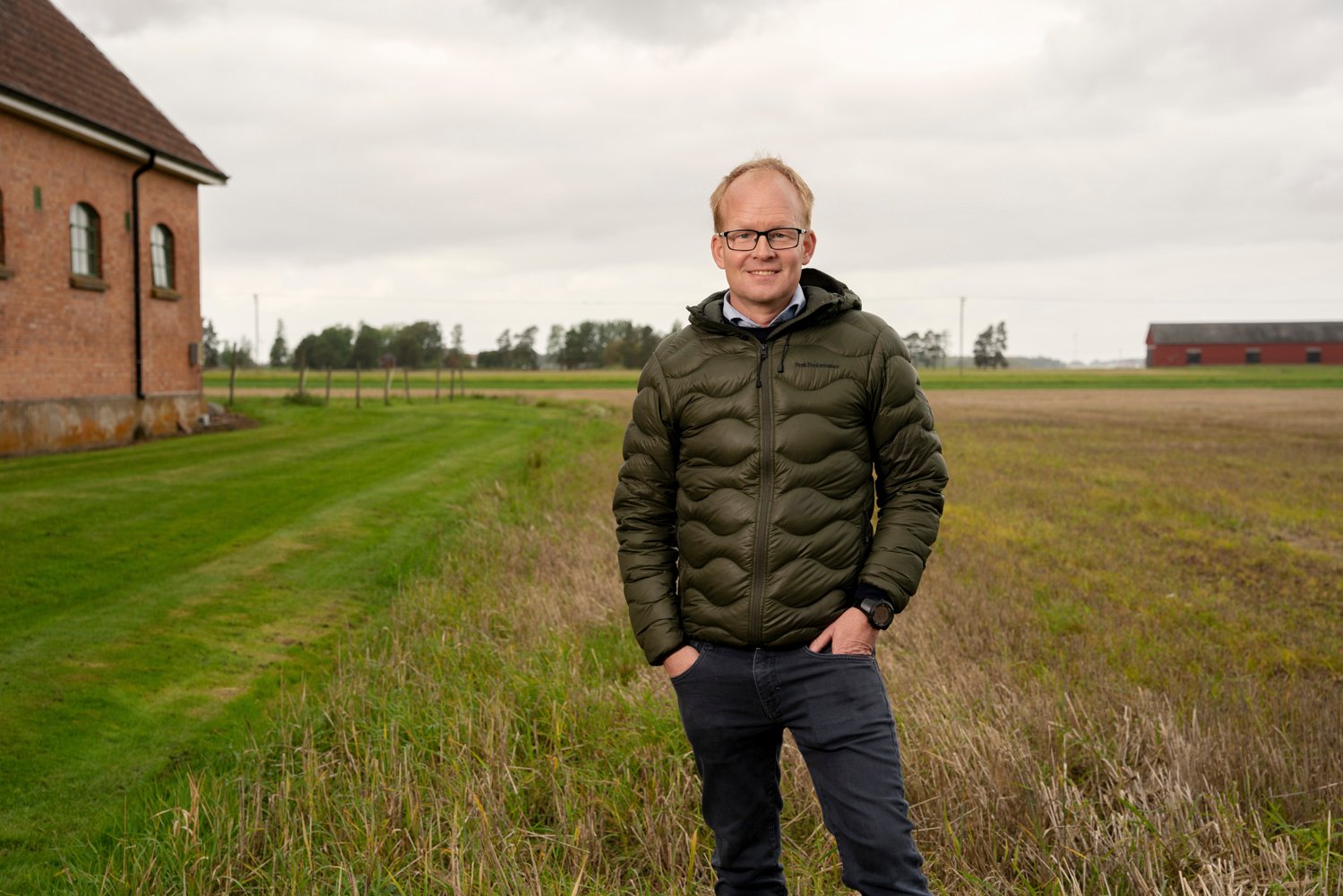 Claes Johansson, Director Sustainable Development Lantmännen, at Farm of the Future Bjertorp
Claes Johansson, Director Sustainable Development Lantmännen, at Farm of the Future Bjertorp
The above reasoning is behind the model that Lantmännen has chosen to work according to. On market grounds, companies in the food chain are therefore offered the opportunity to reach their SBT targets for cereals for 2030 as early as today. Lantmännen's cultivation programme for farming of the future "Climate & Nature" contains concrete, measurable actions for reduced climate impact and which benefit biodiversity. The business model around the programme covers the additional costs on the farm and provides financial incentives for the farmer to participate. Participation is of course voluntary. We are now facing the step of making the cultivation programme fossil-free. A big and important step in the development and something we are convinced will attract more customers to join the programme.
We at Lantmännen therefore see SBT as a great opportunity for farmers, provided the framework is applied correctly. It is necessary that the actors in the food chain understand that the targets are realistic only if financial space is created in primary production to make the necessary investments and absorb the costs of, for example, phasing out fossil inputs.
Whether the climate transition is to succeed depends to a large extent on how quickly the understanding of the farmer's role and the conditions for implementing the necessary measures is spread.
I see an increased understanding of this perspective, something that is clearly seen in the range of food companies that have now chosen to collaborate with us around "Climate and Nature". In addition to our own brands Kungsörnen and Axa, the companies Paulig (behind Santa Maria), Spendrups and Semper are also included. Unfortunately, however, I still meet far too many companies that have not progressed as far and that believe that climate change can be handled in the same way as quality and food safety - by simply making demands on the suppliers, without it having to cost them anything.
Whether the climate transition is to succeed depends to a large extent on how quickly the understanding of the farmer's role and the conditions for implementing the necessary measures is spread. In any case, it is clear to me that SBT have helped advance knowledge significantly among companies in the food value chain. Now it remains to be seen whether it can also be implemented in practice. Will the climate issue become part of the commercial dialogue and lead to the creation of space for the measures required for a long-term sustainable food supply? I hope and believe so.







